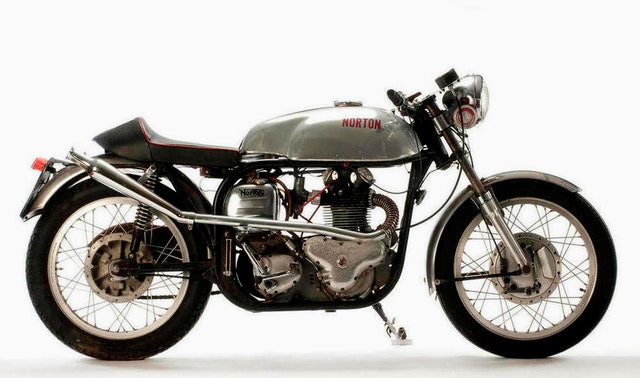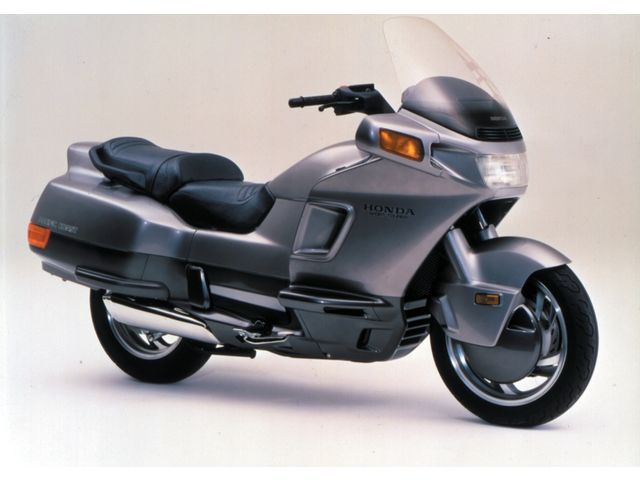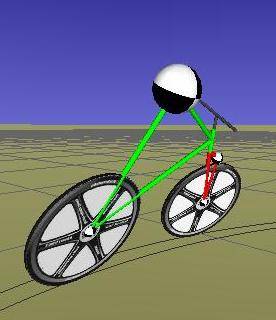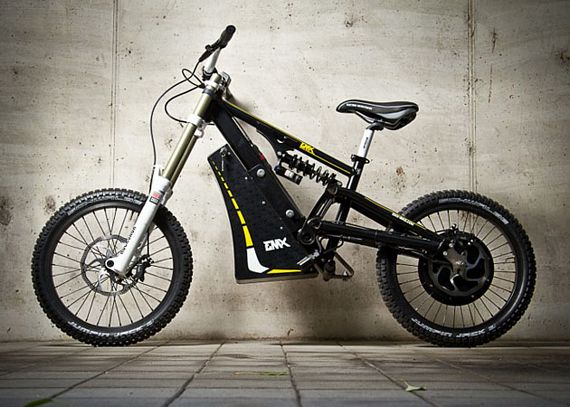The way standards happen is if there is a central enforcing body that all manufacturers *have* to obey, when it isn't any more profitable to follow one version of someone's standard than another version of someone else's, in any of the stages from parts design to parts manufacturing all the way up thru stages to final bikes or systems. Or when there is already some form of standard that if they don't use it they'll lose money. ****
When it's cheaper for a company to use something that already exists, and they won't lose money because someone else is also using it (losing sales to them) then that's what happens.
Otherwise they'll just use the cheapest thing that barely does the job that they can buy easily quickly and cheaply, and sold most quickly for the most money, earning them the most short-term profit they can get.
When a company is designing a system that they have to support, they're quite likely to use things deliberately incompatible with anything else (including their own previous designs) to simplify support options and decrease costs (by ensuring end-users can't use someone elses stuff on there and potentially cause problems with it), and to maximize post-sale profits from selling repair and upgrade parts.
****For example, a controller manufacturer is highly likely to make 3-phase brushless motor controllers, not four, five, or ten phase, because most of the market of motors that need controllers is this type, and most of the software and hardware they can build controllers around is of this type.
Another example: large-EV charging plugs--if every vehicle manufacturer used a different plug, that manufacturer would have to build their *own* charging infrastructure everywhere they wanted to sell their vehicles. That did begin to happen, originally, and then standards developed because infrastructure is just far too expensive to build and maintain. If they all use the same plug, then *anyone* can build the infrastruture and maintain it (and reap profits from it), so while they make less money on the charging end, they can at least sell their vehicles everywhere, and that's much more profitable.
Another example: in the case of ebikes, virtually all of them use some form of charger that has a wall-side cable using an IEC and/or NEMA / etc standard for the country they're sold in, and most often those cables aren't fixed to the charger so they don't have to make different charger versions, they just make one and then make different cables.
Whenever standards are enacted by laws, then they stifle innovation and prevent usage of technology for most of the things it's capable of that people actually need to use it for. (a simple example is ebike limitations in general--there isn't actually a reason or need to limit power, etc for any of these things, or to define many of the mechanical specifics of bicycles that many legal systems do. These limitations prevent quite a few usages and designs from being legally used (powered or unpowered) for no good reason other than that some bureaucratic group didn't have the foresight to think of them, or leave room for other ideas than whatever they had in mind.








